It’s difficult to predict exactly what future technology trends will be coming in the future, as it depends on many factors such as market demand, research and development, and the rate of technological advancement.
The role of IT professionals is likely to continue to evolve and change as technology advances and new challenges arise. It will be important for IT professionals to stay current, adaptable, and open to learning in order to remain competitive in the rapidly changing tech landscape.
Some Future Technology Trends are:
However, there are a few areas that are likely to see significant technological innovation in the coming years:
- Artificial intelligence and machine learning:
- Internet of Things (IoT):
- Augmented and virtual reality:
- Robotics:
- Renewable energy:
Artificial intelligence and machine learning:
Artificial intelligence (AI) and machine learning (ML) are technologies that allow computers to perform tasks that normally require human intelligence, such as understanding language, recognizing patterns, and making decisions.
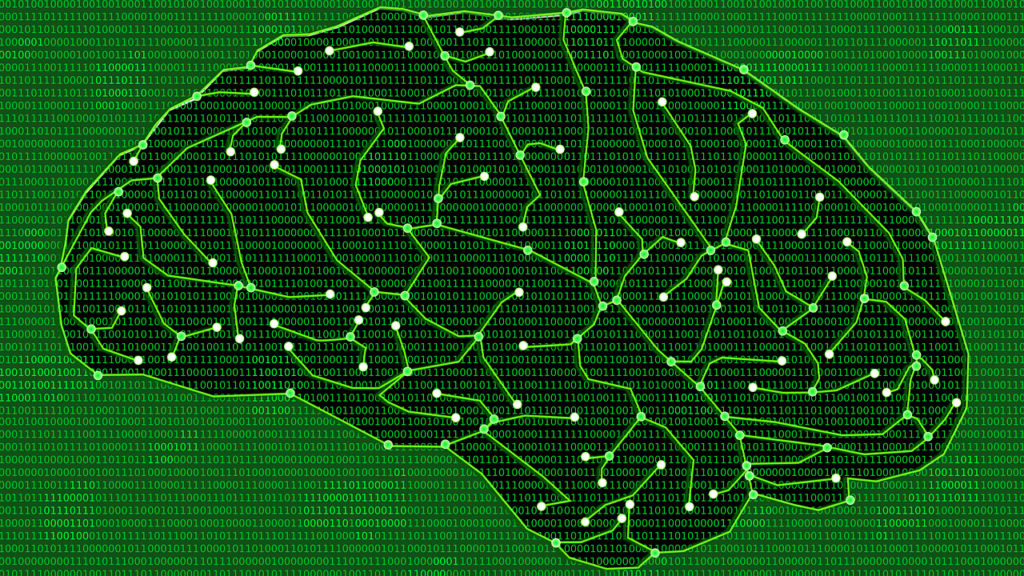
AI refers to the development of computer systems that can perform tasks that normally require human intelligence, such as recognizing patterns, understanding language, and making decisions. This can include tasks such as image and speech recognition, decision-making, and language translation.
Machine learning, on the other hand, is a subset of AI that involves the development of algorithms that allow computers to learn from data without being explicitly programmed. Machine learning algorithms can analyze data and identify patterns, allowing them to make predictions or take actions based on that data.
AI and machine learning technologies are expected to continue to advance and become more widely adopted in a variety of fields, including healthcare, finance, transportation, and more.
Both AI and machine learning are becoming increasingly important as data becomes more prevalent and the demand for fast, accurate analysis grows. These technologies have a wide range of applications, including healthcare, finance, transportation, and more.
Internet of Things (IoT):
The IoT refers to the interconnectedness of devices and objects through the internet, allowing them to communicate and exchange data with one another.
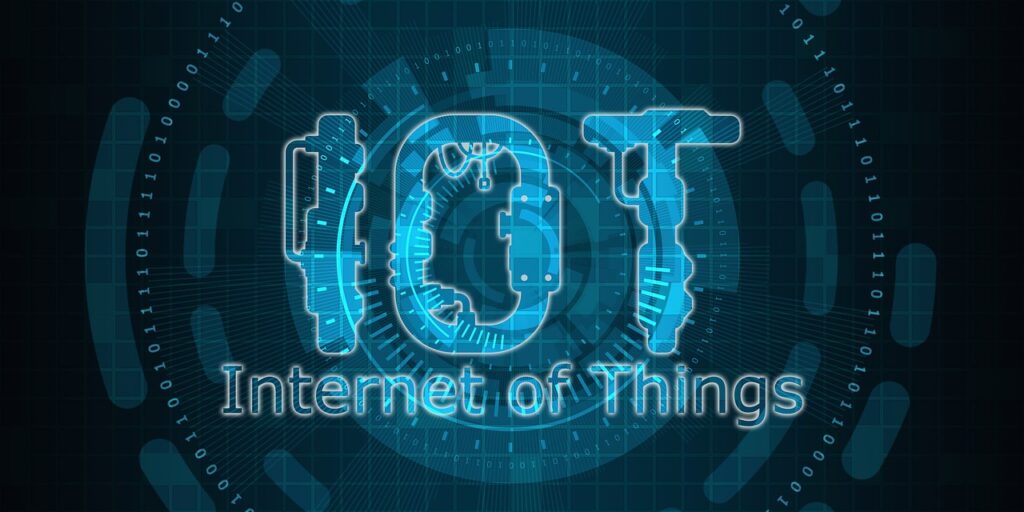
The Internet of Things (IoT) refers to the interconnectedness of devices and objects through the internet, allowing them to communicate and exchange data with one another. This can include a wide range of devices and objects, from smartphones and laptops to home appliances and industrial equipment.
The IoT allows these devices to be connected and controlled remotely, enabling new levels of automation and efficiency. For example, a smart thermostat can be connected to the internet and controlled using a smartphone app, allowing homeowners to adjust the temperature of their homes remotely. In a business setting, the IoT can be used to monitor and control industrial equipment, track inventory, and more.
The growth of the IoT is driven by the increasing availability of internet connectivity and the falling costs of sensors and other hardware. As a result, the IoT is expected to see widespread adoption in the coming years, with a wide range of applications including smart homes, connected cities, and industrial automation.
Augmented and virtual reality:
Both augmented reality (AR) and virtual reality (VR) technologies are expected to see significant growth in the coming years, with applications ranging from entertainment and gaming to education and training.
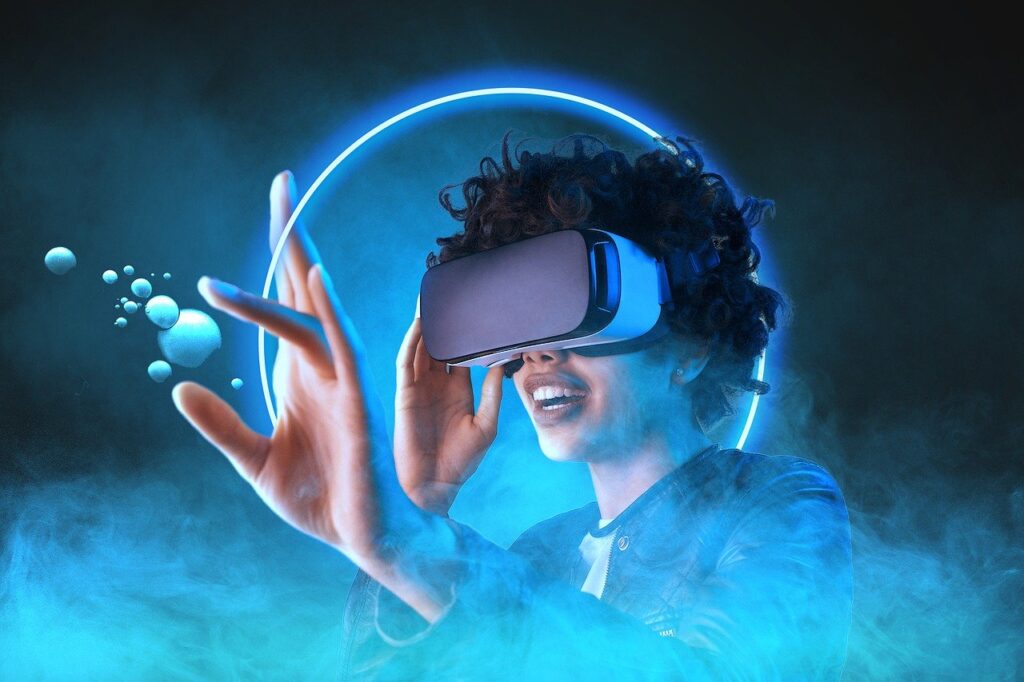
Augmented reality (AR) and virtual reality (VR) are technologies that allow users to experience and interact with computer-generated environments and objects in a way that feels real.
Augmented reality involves the overlay of digital information onto the real world, typically through the use of a device such as a smartphone or a headset. This can include things like text, images, and video, and can be used for a wide range of applications such as navigation, education, and entertainment.
Virtual reality, on the other hand, involves the creation of a fully immersive digital environment that users can interact. This is typically achieved through the use of a headset or other device that tracks the user’s movements and displays a corresponding virtual environment. VR can be used for a wide range of applications including gaming, education, and training.
Both AR and VR are expected to see significant growth in the coming years, with applications ranging from entertainment and gaming to education and training. These technologies have the potential to revolutionize the way we experience and interact with the world around us.
Robotics:
Robotics is the branch of technology that deals with the design, construction, operation, and application of robots. Robots are typically programmed to perform tasks that are either dangerous or too precise or repetitive for humans to do.

In the coming years, it is expected that robotics technology will continue to advance and become more prevalent in a variety of industries, including manufacturing, healthcare, and logistics.
One area where robotics is expected to make a significant impact is in manufacturing, where robots can be used to perform tasks such as assembly, welding, and painting with a high degree of accuracy and speed. In healthcare, robots can be used to assist with surgeries and other procedures, as well as to dispense medication and perform other tasks. In logistics, robots can be used to move and sort packages and perform other tasks in warehouses and distribution centers.
Overall, the use of robotics is expected to continue to grow in the coming years, as the technology becomes more advanced and cost-effective.
Renewable energy:
Renewable energy refers to energy sources that are replenished naturally and are not depleted when used. Some examples of renewable energy sources include solar, wind, and hydroelectric power.

As concerns about climate change and the need for sustainable energy sources continue to grow, it is likely that we will see increasing adoption of renewable energy technologies in the coming years. Many countries have set ambitious targets for the adoption of renewable energy, and there is a growing trend toward the use of renewable energy in both the public and private sectors.
One area where renewable energy is expected to make a significant impact is the electricity sector. Solar and wind power are becoming increasingly competitive with fossil fuels as the cost of these technologies continues to fall, and many countries are investing heavily in the expansion of renewable energy sources to meet their electricity needs.
Overall, the adoption of renewable energy is expected to continue to grow in the coming years, as the need for sustainable energy sources becomes increasingly pressing and the technology becomes more cost-effective.
For more other articles Click here
Read More
Top 5 technology that you need to learn in 2023
Complete detail about Chat GPT-3 and Chat GPT
“Can ChatGPT Take Place of Google”? A Complete History

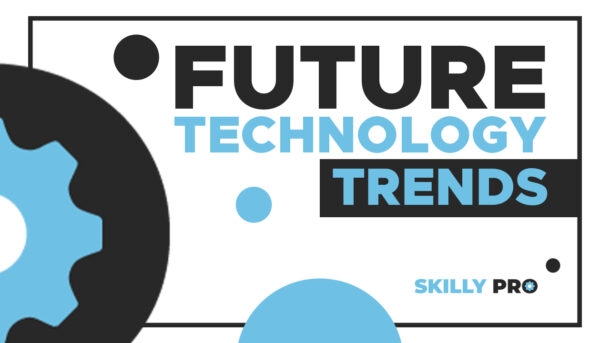


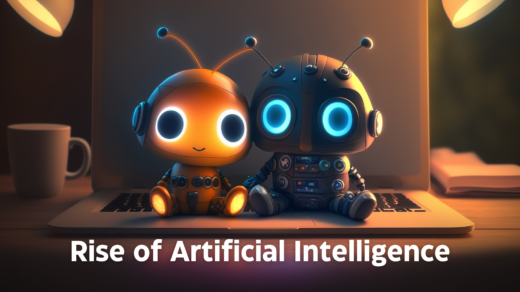





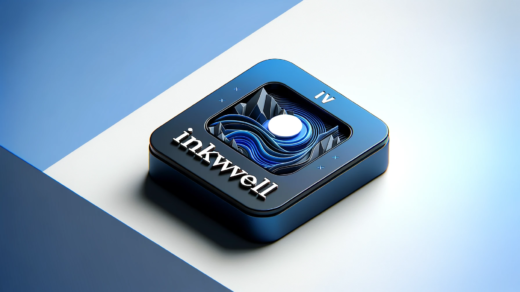


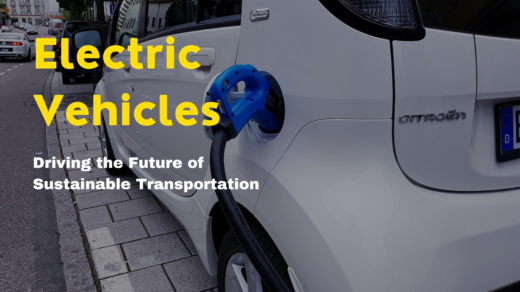









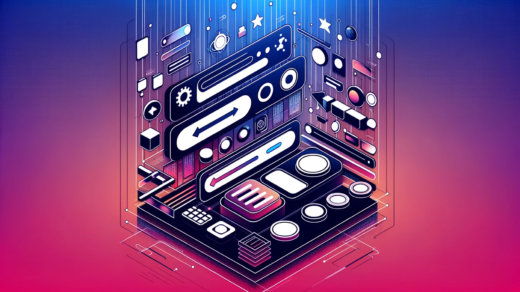
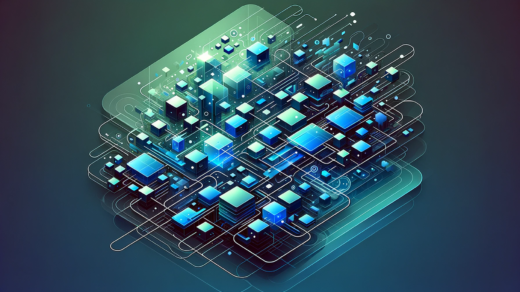
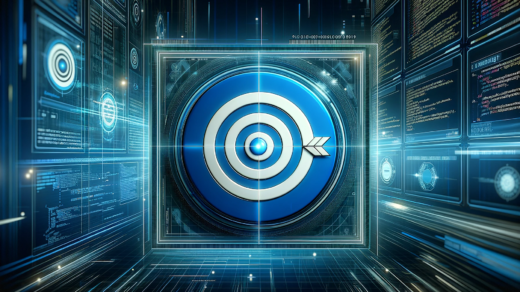


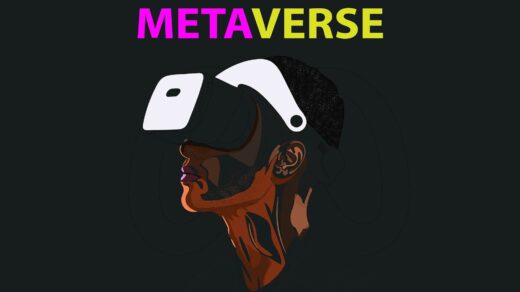
3 Responses
[…] Future Technology Trends You Need To Consider […]
[…] Future Technology Trends You Need To Consider […]
[…] Future Technology Trends You Need To Consider […]